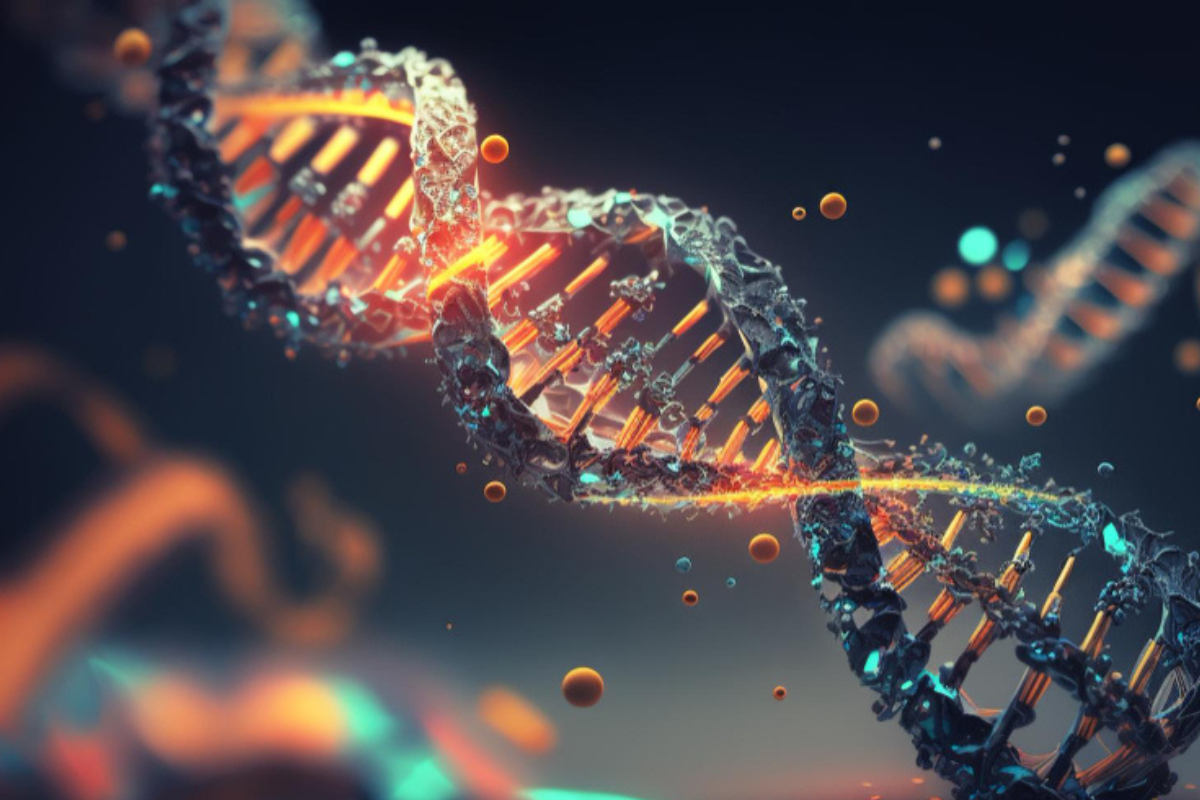Genetically engineered salmon has reached the dinner table, as AquaBounty Technologies, a Massachusetts company has successfully developed and commercialized a genetic variant of salmon fish, Salmo salar. The company announced that it has sold some 4.5 tonnes of its hotly debated product to customers in Canada. This sale has marked the first time that a genetically engineered animal has been sold for food on the open market. The fish has been engineered to grow faster than its non-genetically modified counterpart, reaching market size in roughly half the time. Scientists introduced a growth-hormone gene from Chinook salmon (Oncorhynchus tshawytscha), along with genetic regulatory elements from a third species, the ocean pout (Zoarces americanus).
This combination enables the salmon to produce a continuous low level of growth hormone. The sale of the fish follows a long, hard-fought battle to navigate regulatory systems and win consumer acceptance. AquaBounty formed around the technology in the early 1990s and approached regulators in the United States soon after. It then spent almost 25 years in regulatory limbo. The US Food and Drug Administration (FDA) approved the salmon for consumption in November 2015, and Canadian authorities came to the same decision six months later. Neither country requires the salmon to be labelled as genetically engineered. But unlike in Canada, political battles in the United States have stalled the salmon’s entry into the marketplace. Activists in both the United States and Canada have demanded that regulators reconsider their decisions, and some have filed lawsuits.



